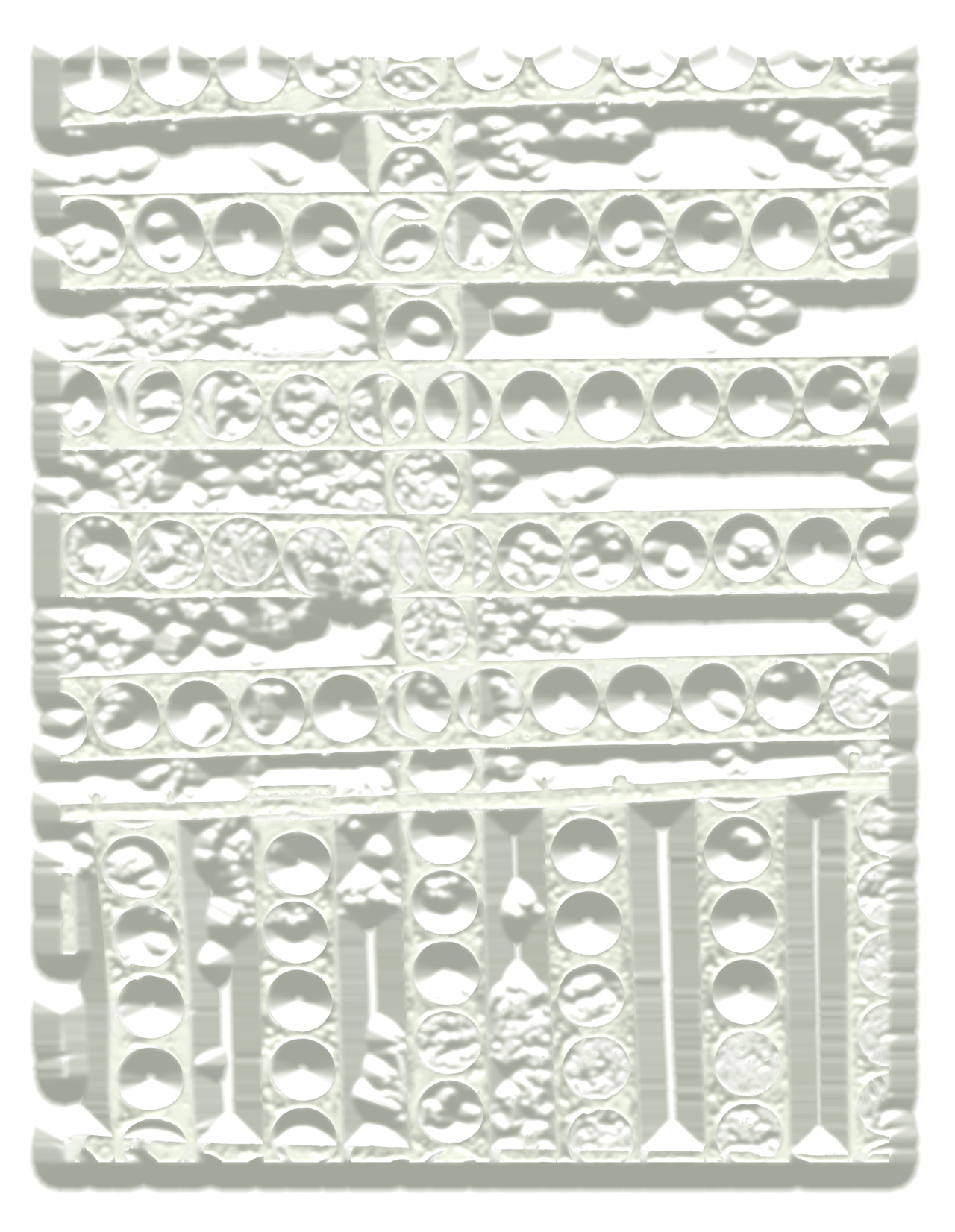
Issue 2
Post-Industrial Flux
The new issue of Leida maps our physical and digital landscape and introduces the post-industrial era that followed after the closing of factories, as prophesied by the advocates of progress. However, design today – and this also applies to products and services – cannot be separated from all that came before. What is promised never comes true in full. Merely the arrival of a post-industrial future does not bring values-based production or fair working conditions, sustainable consumption, not to mention a fair society.
We are facing unresolved issues from the past that are now being amplified by the winds of technological change into the climate crisis and others. We need to revise the value declarations of the post-industrial era. Instead of solving problems, the post-industrial condition has become expert in masking them. Time recently wrote how alongside large social media platforms like Facebook, OpenAI, the company developing artificial intelligence that gained recognition after the success of Dall-E and Chat GPT, has also discovered the cheap labour in the Global South. The hidden and incredibly poorly paid labour performed by Kenyan workers for OpenAI includes collecting, reviewing and filtering of toxic, disturbingly violent and often even illegal material, yet they are not provided with proper psychological help. This invisible and unfair labour allows the rest of the world to be naively enthusiastic or even titillated by the content offered by image and text generators already scrubbed clean from anything upsetting.
By concealing unresolved problems in server parks, the anonymous service economy or factories in third-world countries, we simultaneously belong to the post-industrial era and to the one preceding it. This issue of Leida looks at the ways in which we have reached the new, more volatile post-industrial era and how that has impacted various modes of production, teaching and experiencing. Our contributors demonstrate how the horizon of a gaze directed towards the future must also encompass nostalgic, critical or creative aspects of the past. The visuals created by Urtina Hoxha highlight that the post-industrial flux is not unidirectional, marking merely what comes after the industrial era, but also means returning to it, as well as the unexpected spillovers.
The current issue of Leida, focusing on the post-industrial condition is introduced by a discussion between the architect and researcher Inês Moreira, communications researcher Pille Runnel and designer Ruth-Helene Melioranski, in which they talk about the new problems and possibilities that came about after two factories, Kreenholm and Baltijets were closed down in Narva, Estonia. Artist Peeter Laurits discusses with Chat GPT how man and artificial intelligence could already now share a common space. Designer and environmental activist Reet Aus takes the reader from Bangladesh to the landfills of Kenya, meanwhile revealing the two-faced nature of our consumer society. Artist and educator David K. Ross visits a weather station near Tallinn and wonders how instead of ordinary clouds today, our technological consciousness has been taken over by virtual clouds. Through the group exhibition “Entropy Gauntlet”, which he participated in, Taylor “Tex” Tehan, an MA student in the Graphic Design Department at EKA, writes about the roadside motel in the USA as a motif of temporary rest, which increasingly remains outside human experience and history due to mass standardisation. Pierre Satoshi Benoit, also an MA student in the Graphic Design Department at EKA, introduces the idea of metamodernism through Swiss graphic design and asks if this term could help us move away from the juxtaposition of Modernism and Postmodernism. Designer Maria Pukk and design historian Triin Jerlei explain the principles and values of slow design and show how these can be applied in design education. Artist and researcher Ulvi Haagensen sweeps up this issue with her visual essay on cleaning, reminding us of the practice that should accompany all kinds of human activity.
Encouraged by Haagensen’s essay, we may ask, who are the cleaners in the post-industrial world, working tirelessly before and after the rest of the world has ordered Bangladesh-made clothes from online stores, uploaded their photos to the cloud, concluded chats with Chat GPT and charged their phones next to their beds to update their apps. These often-invisible people, no longer surrounded by the walls of Kreenholm, Baltijets or other Western factories, ensure the functioning of our digital and physical environments. They are the workers who were here before the post-industrial era.
Editor-in-Chief
Taavi Hallimäe